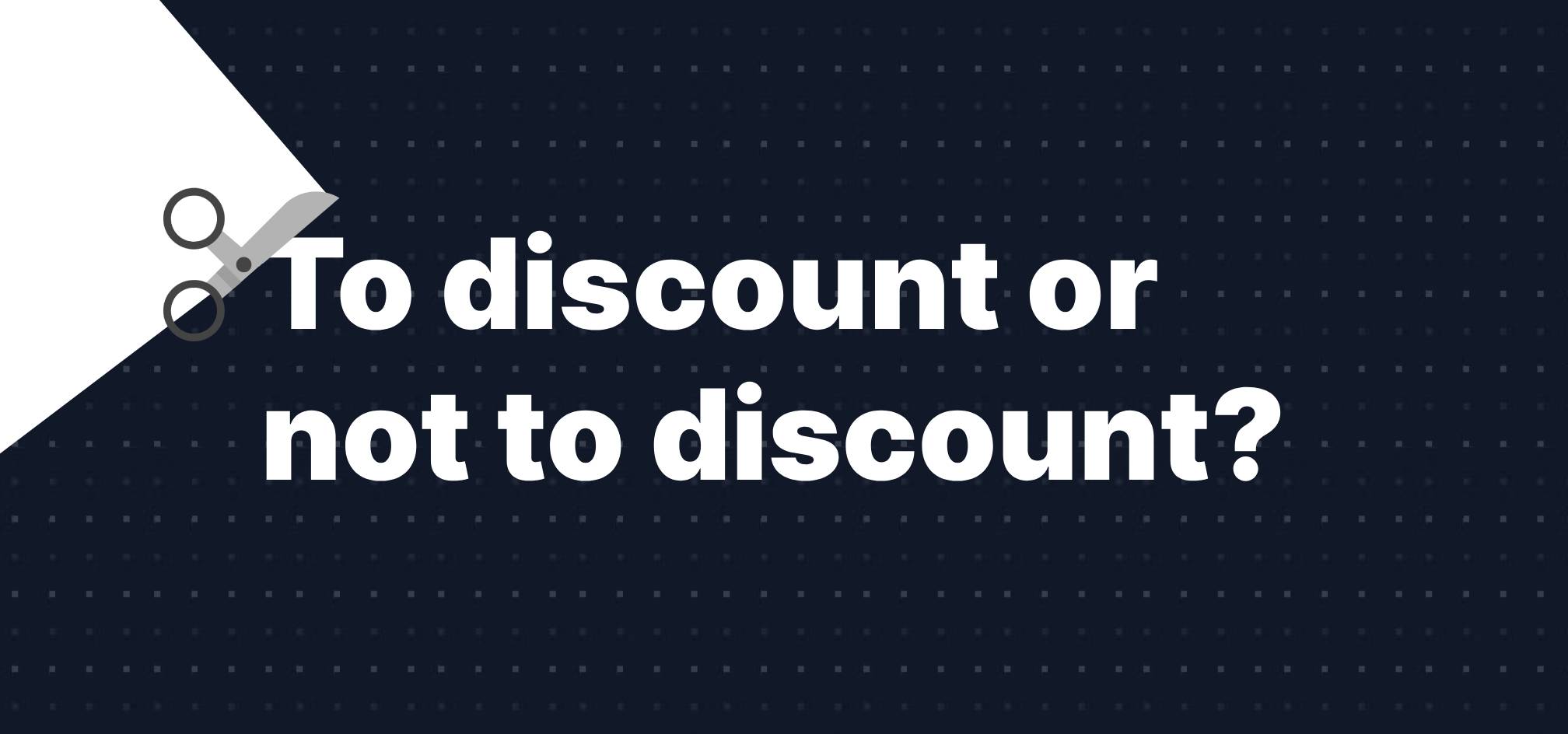Should You Offer Students Discounts? Here's What You Need to Know
Discounts can bring results very quickly, but they can set a dangerous precedent. Here’s how to do discounts effectively.



Discounts. They can be a game changer, right? But if handled poorly, they can also create more chaos than value. For schools, colleges, and education agents, offering discounts to students isn’t just a matter of generosity—it’s a strategic decision. Let’s break it down and figure out when it makes sense to hit the “discount” button and when you should think twice.
Here’s the thing: your cash flow is your lifeline. It’s not just about how much money is coming in, but when it’s coming in. Offering discounts—especially steep ones—can feel like a quick win to attract students, but it can leave you gasping for cash later.
Let’s say you offer a 20% discount to students paying tuition upfront. Sounds great, doesn’t it? But if your institution relies on a steady stream of payments over the year to cover operational costs, this kind of discount could backfire. You might end up short on funds when it’s time to pay staff salaries or utilities.
Instead, take a moment to assess:
If cash flow feels tight, smaller, targeted discounts might be your best bet. Or, better yet, tie discounts to behaviors that improve your cash flow—like payments ahead of schedule.
Here’s a discount strategy that works if you play it right: reward students for paying early. Imagine this: instead of waiting until the semester starts to collect tuition, you incentivize families to pay three months in advance with a small discount.
Why does this work? You’re not just attracting students—you’re securing early cash flow to cover operational costs without resorting to loans or scrambling for funds. It’s a win-win for everyone.
But, and this is a big but, you’ve got to plan. What if your costs increase down the road, and the discounted tuition no longer covers them? To avoid this:
Let’s get a little philosophical here: what kind of behavior do you want to encourage? Discounts aren’t just about saving students money—they’re a tool to nudge them toward decisions that benefit both them and your institution.
For example, offering a small discount to students who set up direct debit payments can save you time and reduce administrative headaches. No more chasing after late payments. Plus, it creates a smoother experience for students, who can focus on their studies instead of payment deadlines.
Discounts can be addictive—for both you and your students. If you offer them too frequently, they lose their power. Students (and their families) will start to expect them as a given, not a reward. This creates two problems:
Instead, make discounts feel special. Limited-time offers tied to specific events (like early enrollments or referrals) can create urgency without cheapening your brand.
If discounts aren’t distributed fairly, you risk alienating students and damaging your reputation. Transparency is key. Be upfront about who qualifies for a discount and why. Publish your policies clearly, and make sure they’re consistent.
For example, if you’re offering a discount to first-year students who enroll early, make sure returning students know why they’re not eligible. Clear communication can save you from misunderstandings—and some very awkward conversations.
Sometimes, it’s not about lowering the price. Offering flexible payment plans or waiving small fees can feel just as valuable to students without cutting into your bottom line. For instance:
These “invisible” discounts are often less risky and more sustainable.
It’s easy to focus on filling seats for the next term. But discounts should fit into your long-term strategy. Are you using them to attract students who are likely to stay for multiple years? Are they helping you stand out in a crowded market?
A quick example: if your school is known for a stellar arts program, offering discounts to high-achieving art students might attract the kind of students who’ll enhance your reputation and stick around for the long haul.
Before you start slashing prices, ask yourself:
Discounts are a balancing act, they’re a tool—one that can build loyalty, attract the right students, and stabilize cash flow. But like any tool, they’ve got to be used with care.
Remember, it’s not just about what you’re offering; it’s about how and why you’re offering it. When done thoughtfully, discounts can become a win for both your institution and your students. And isn’t that what we’re all aiming for?
The faster, smoother way to manage payments, for you, your students, and your partners.